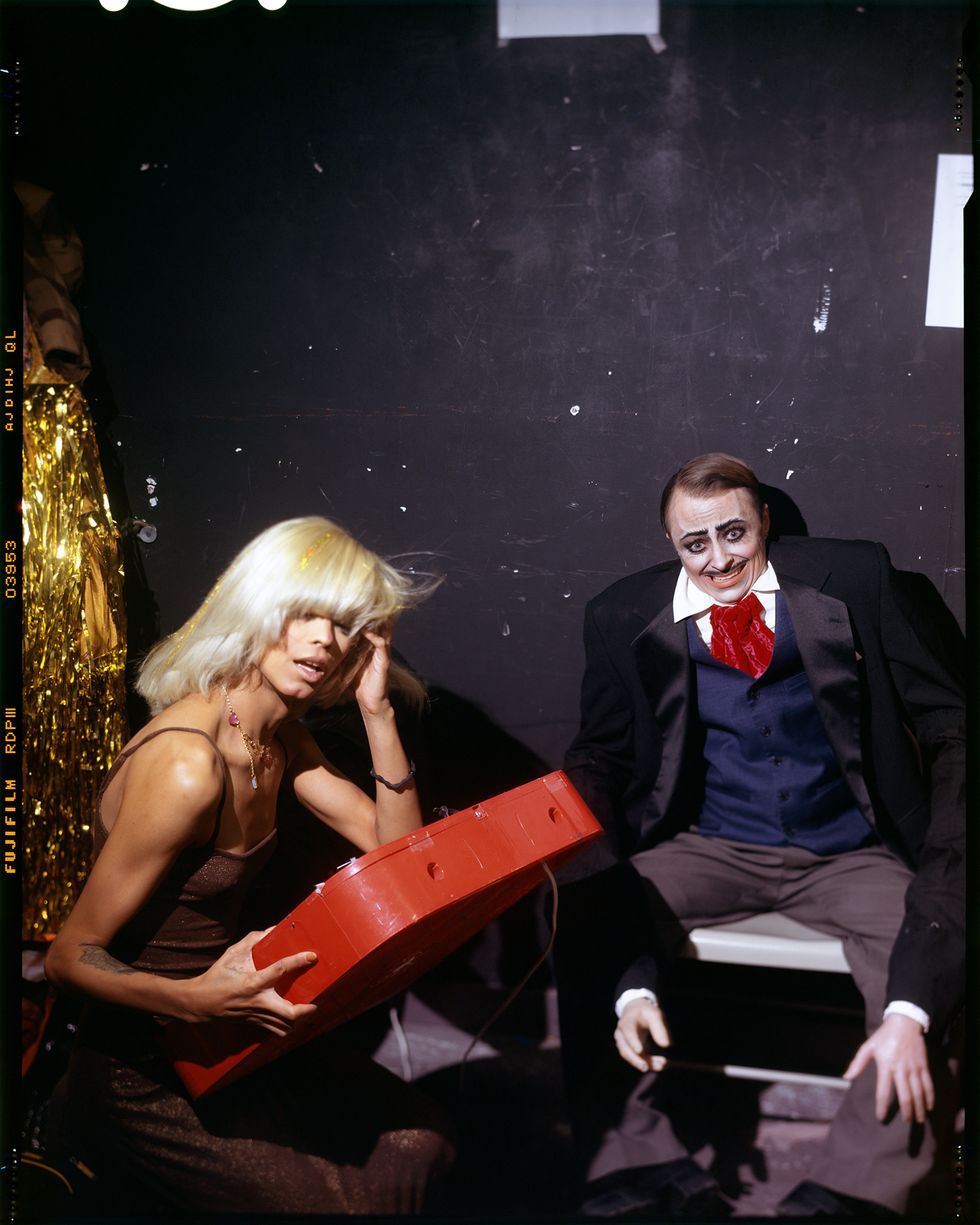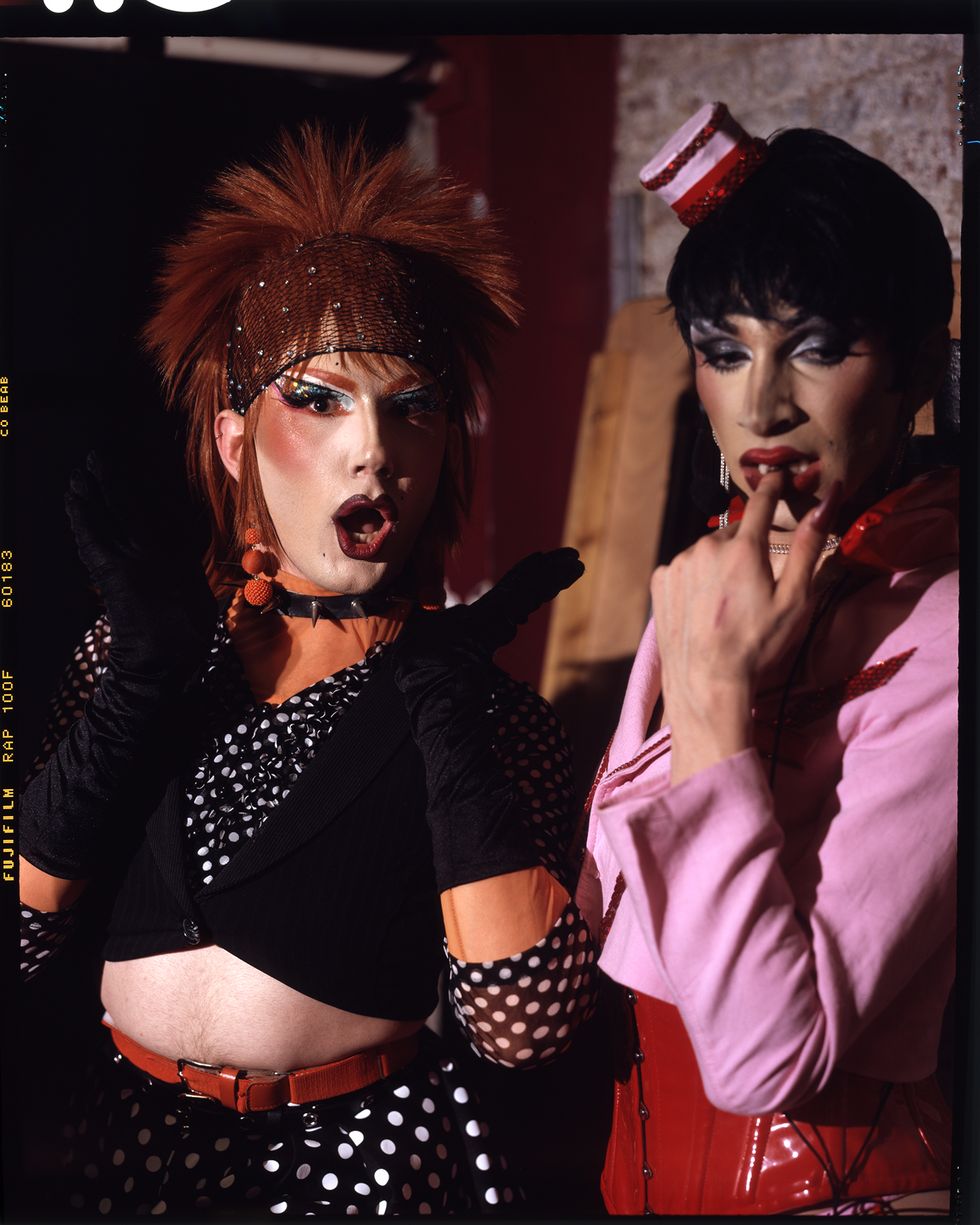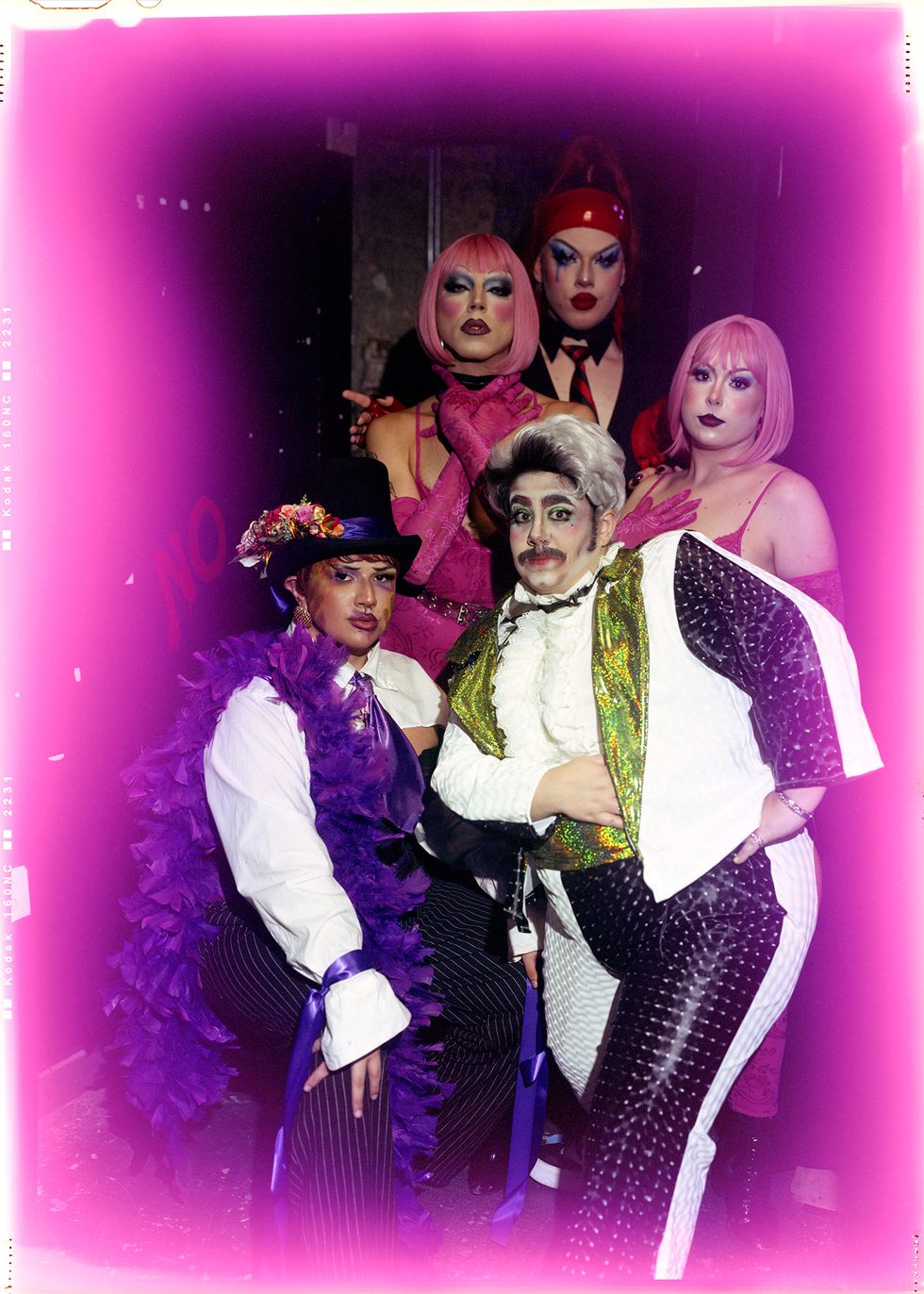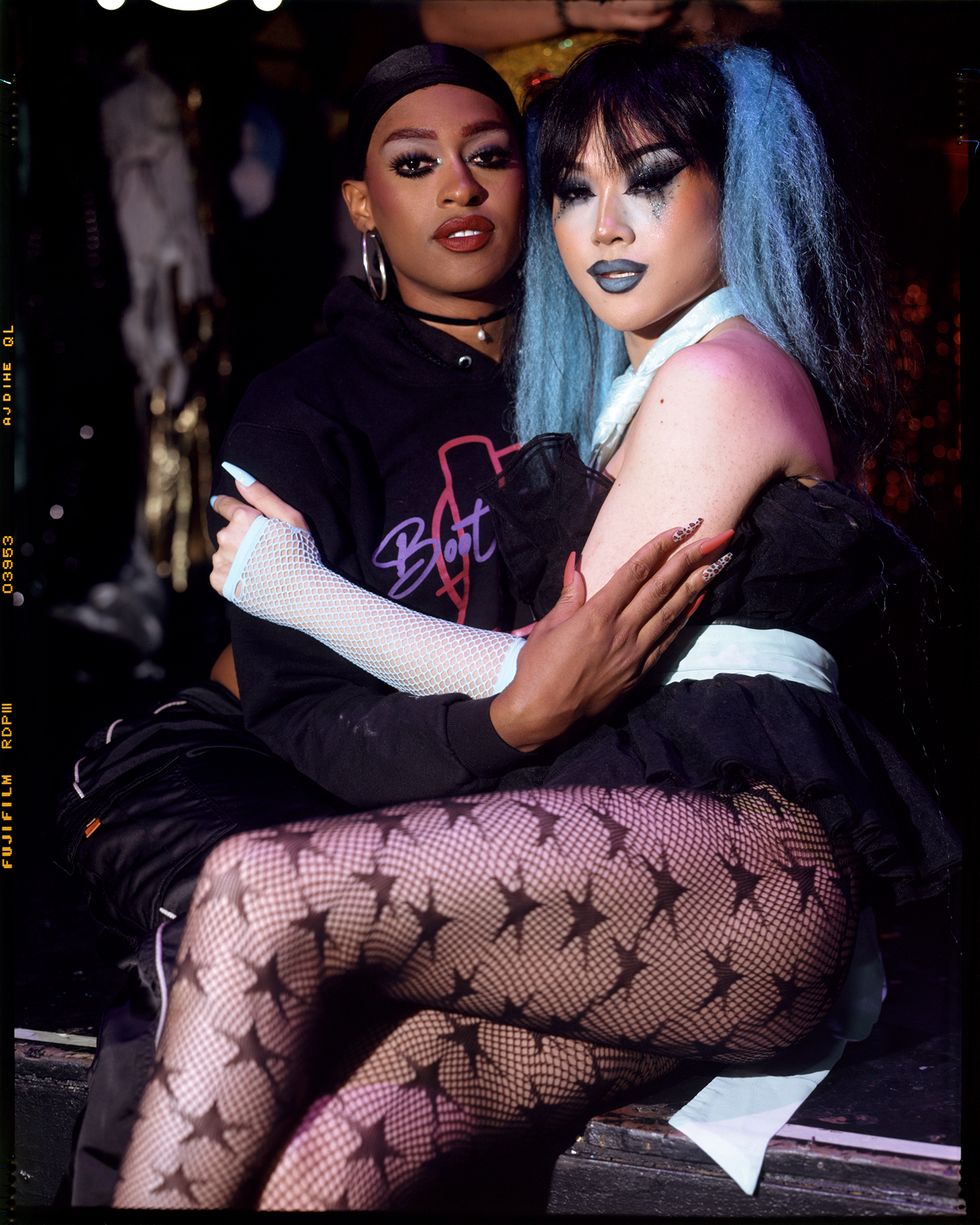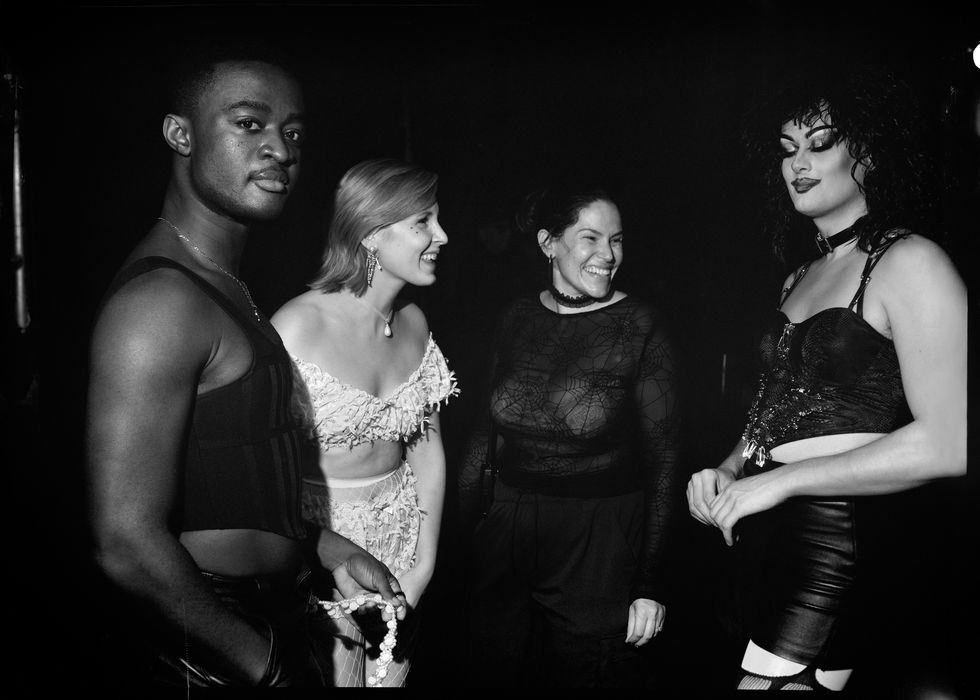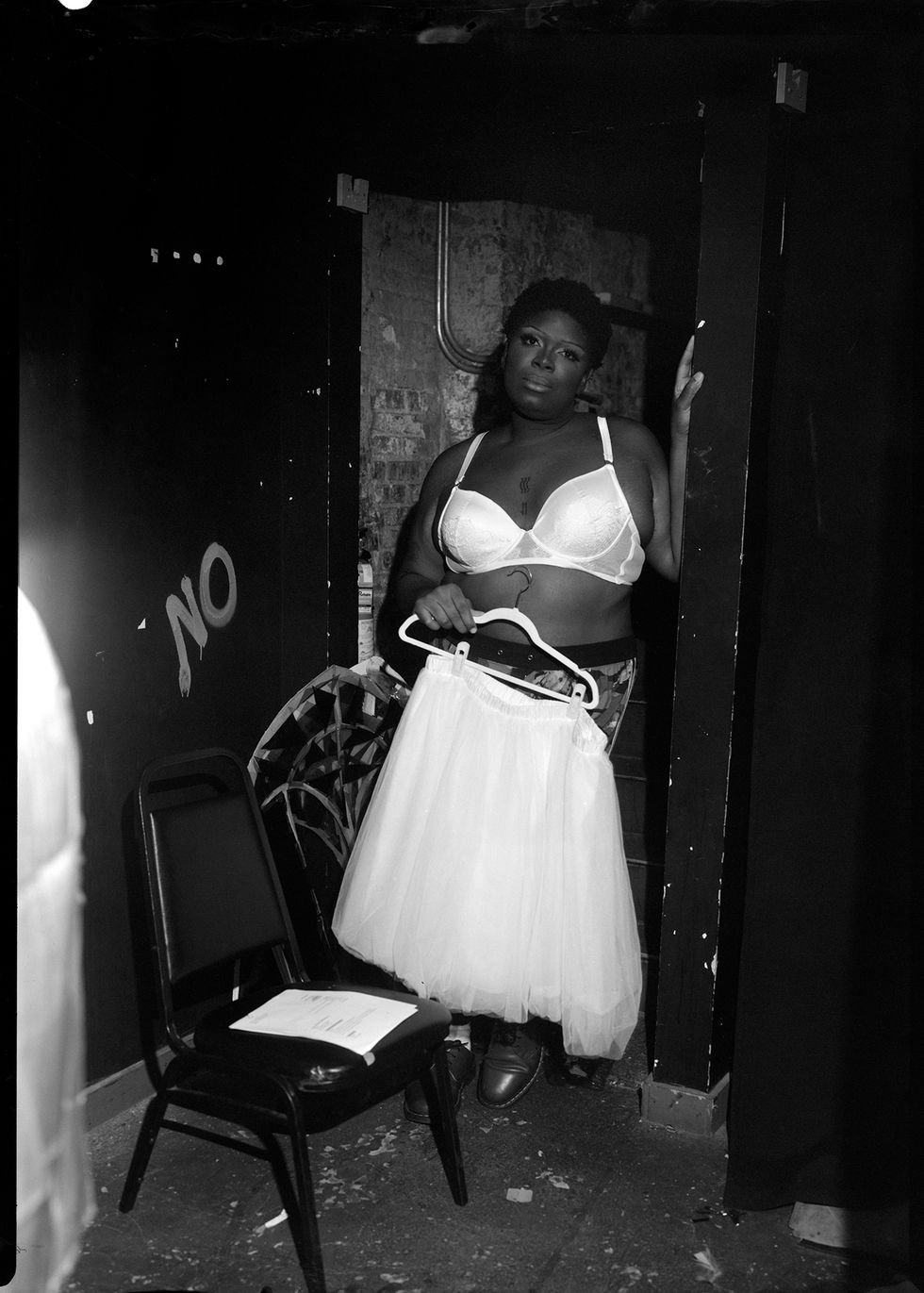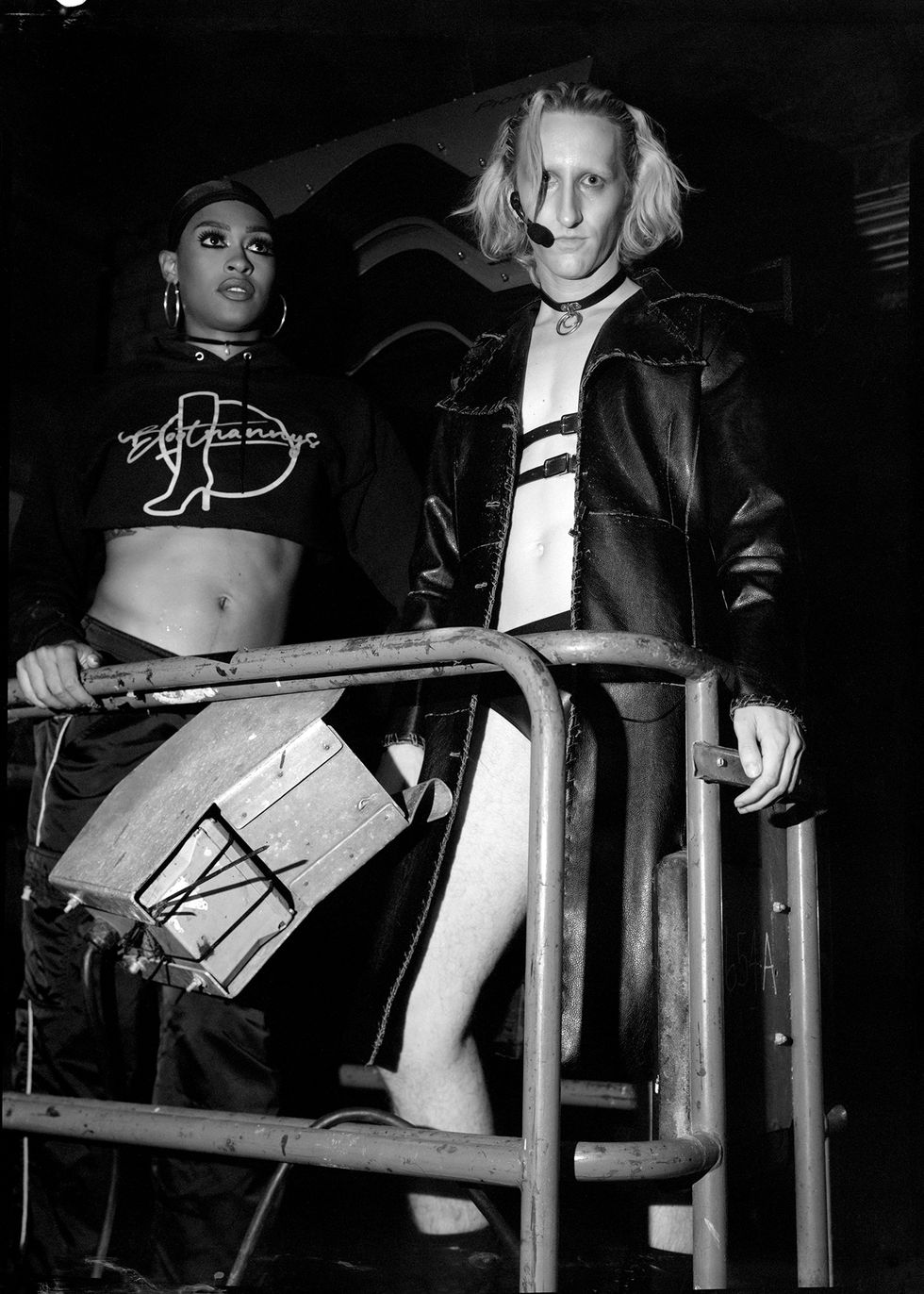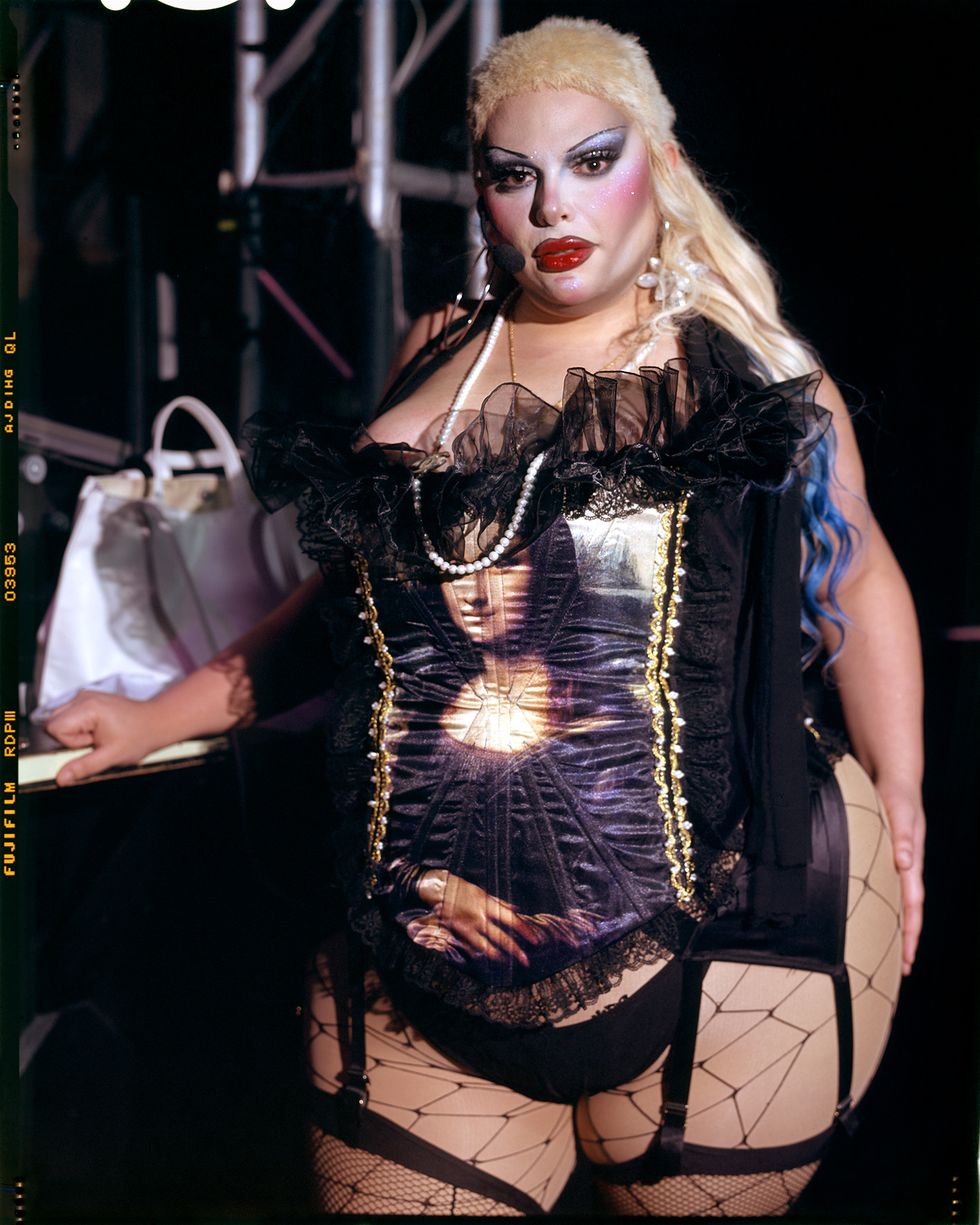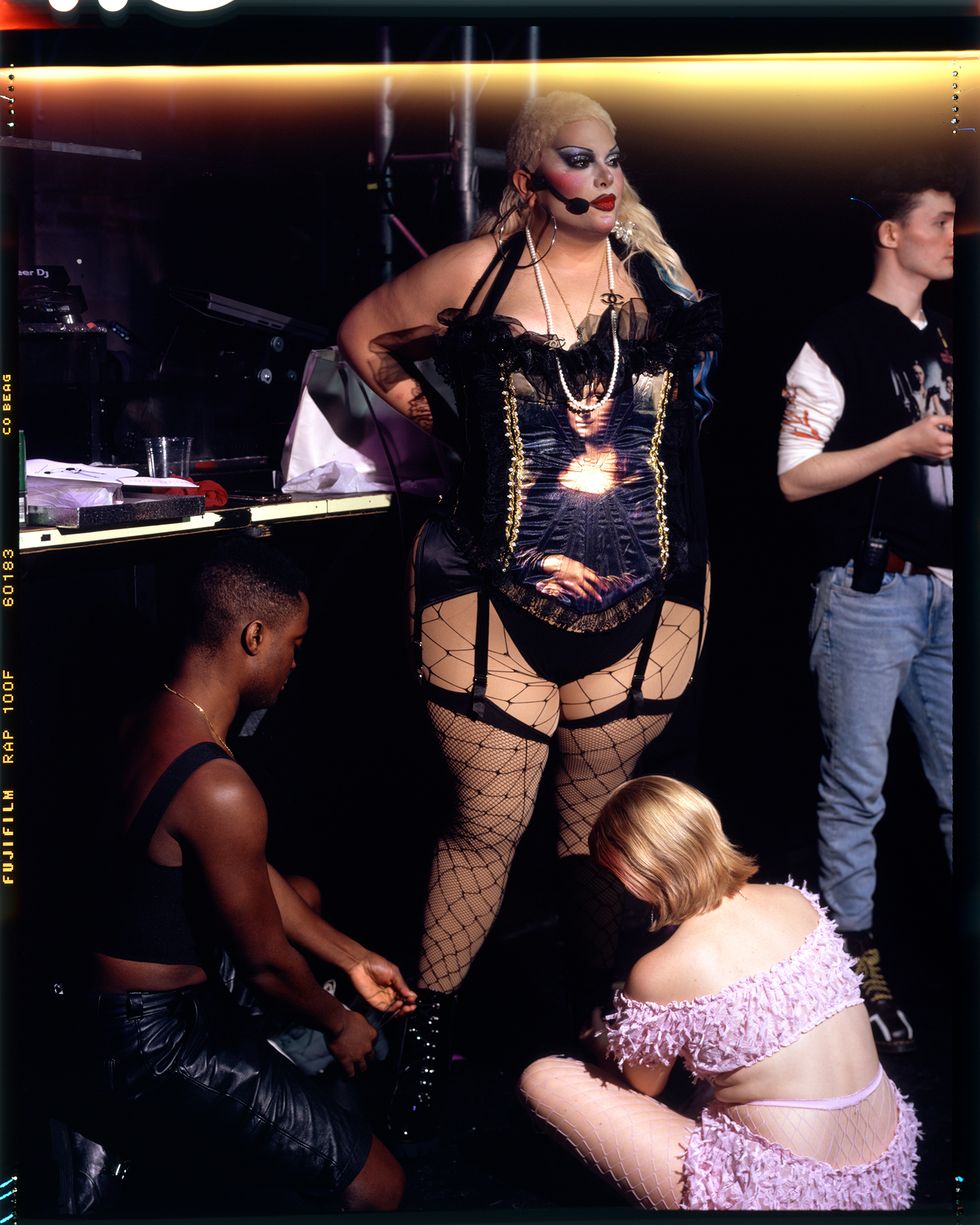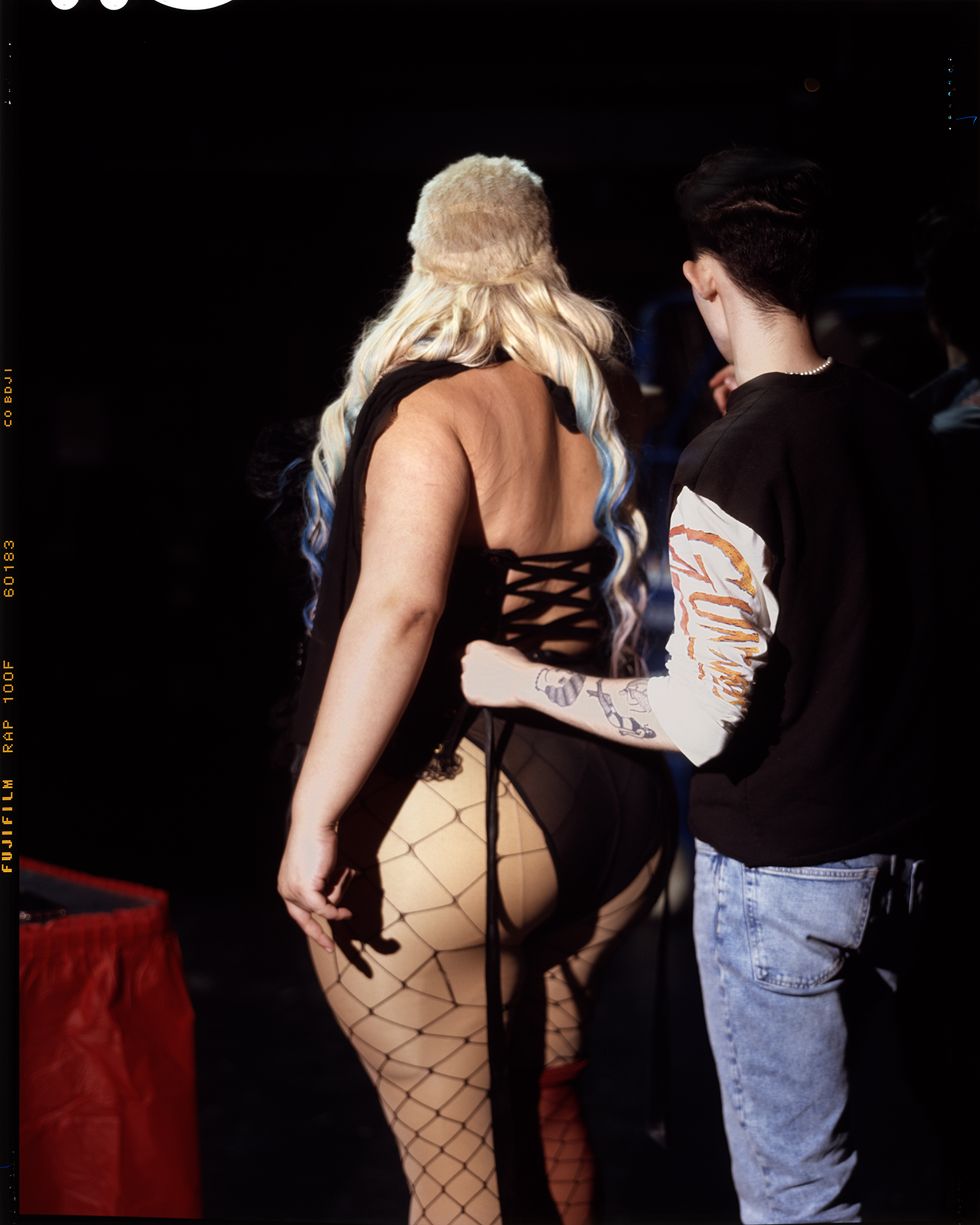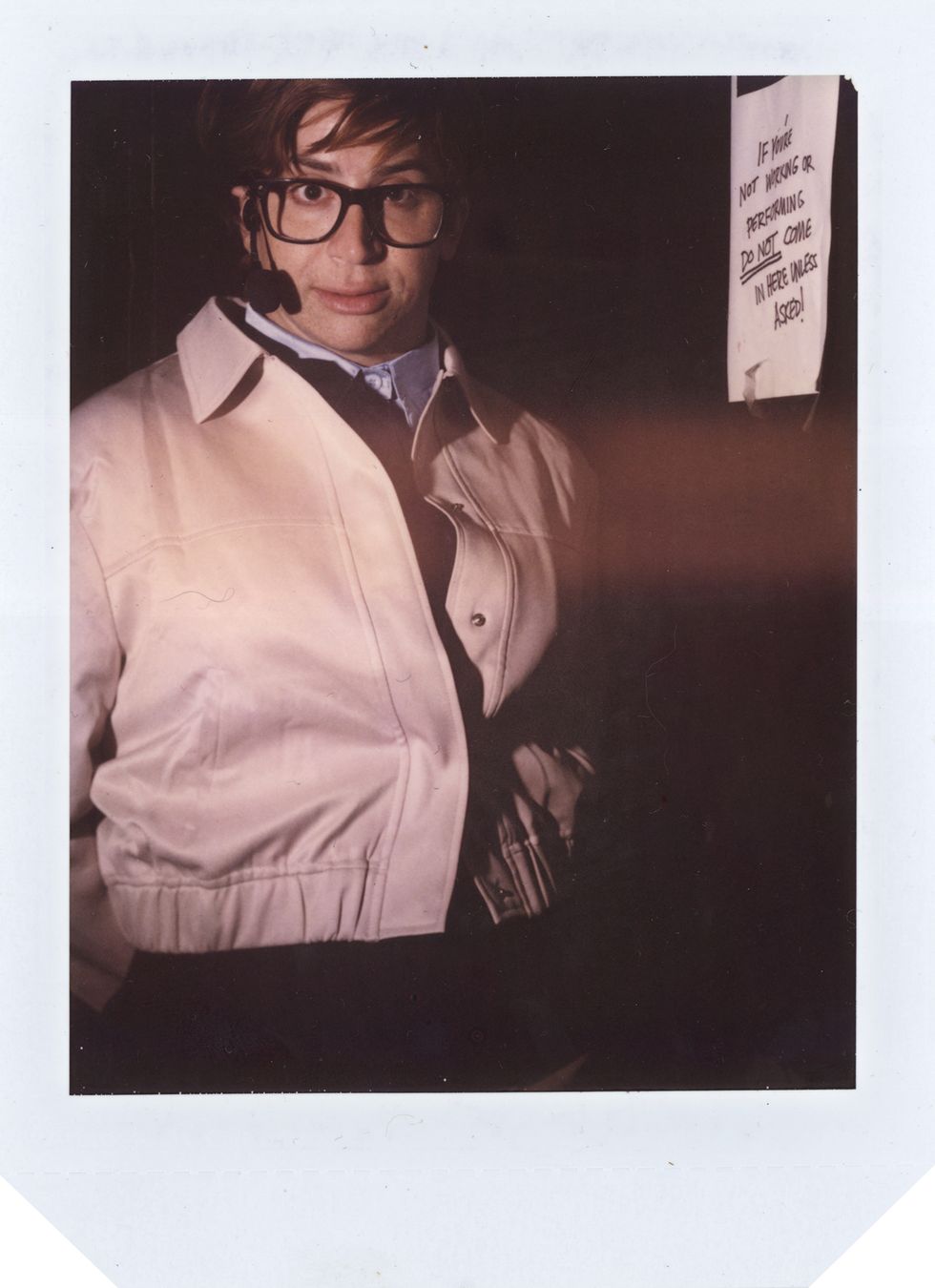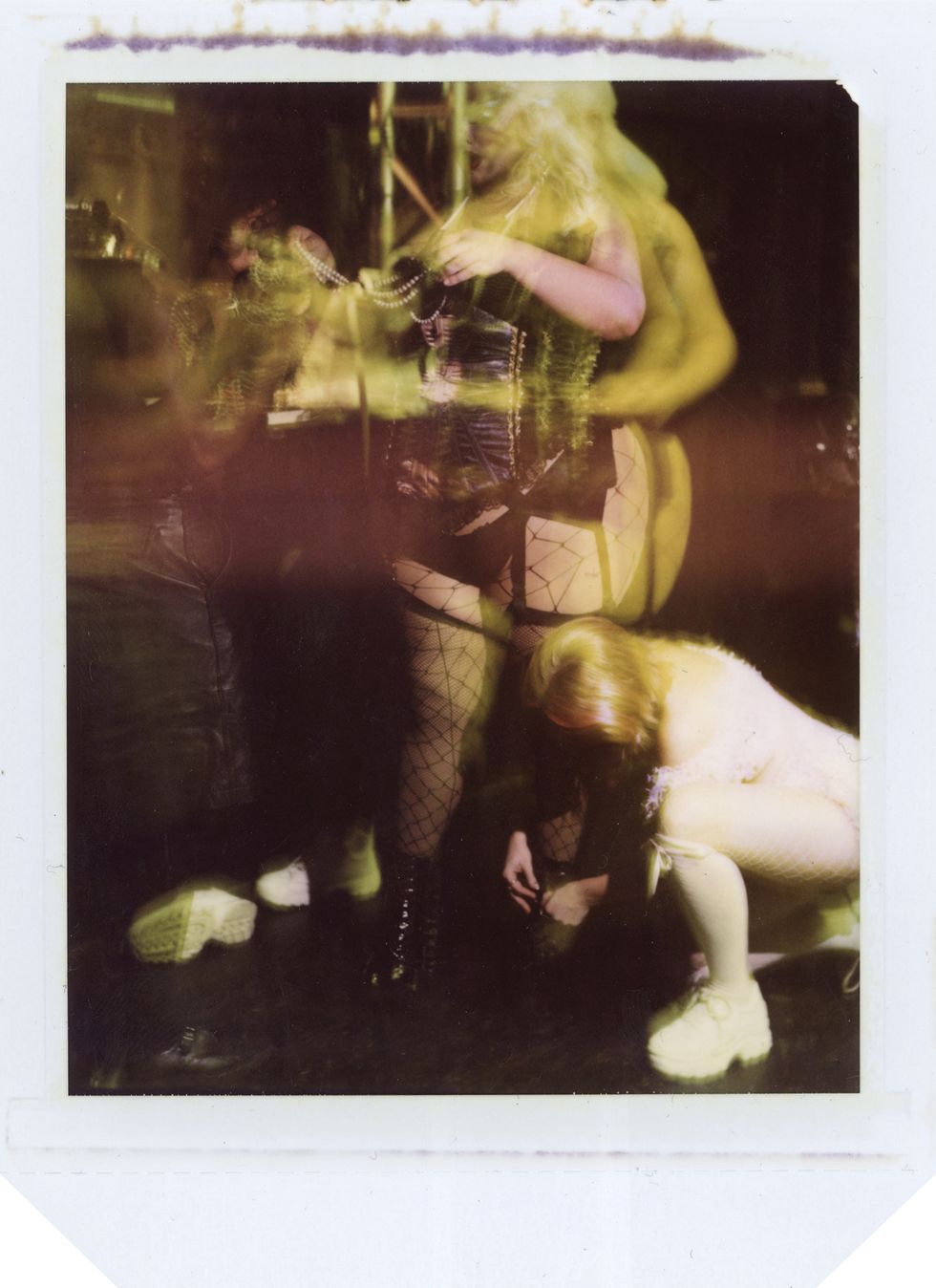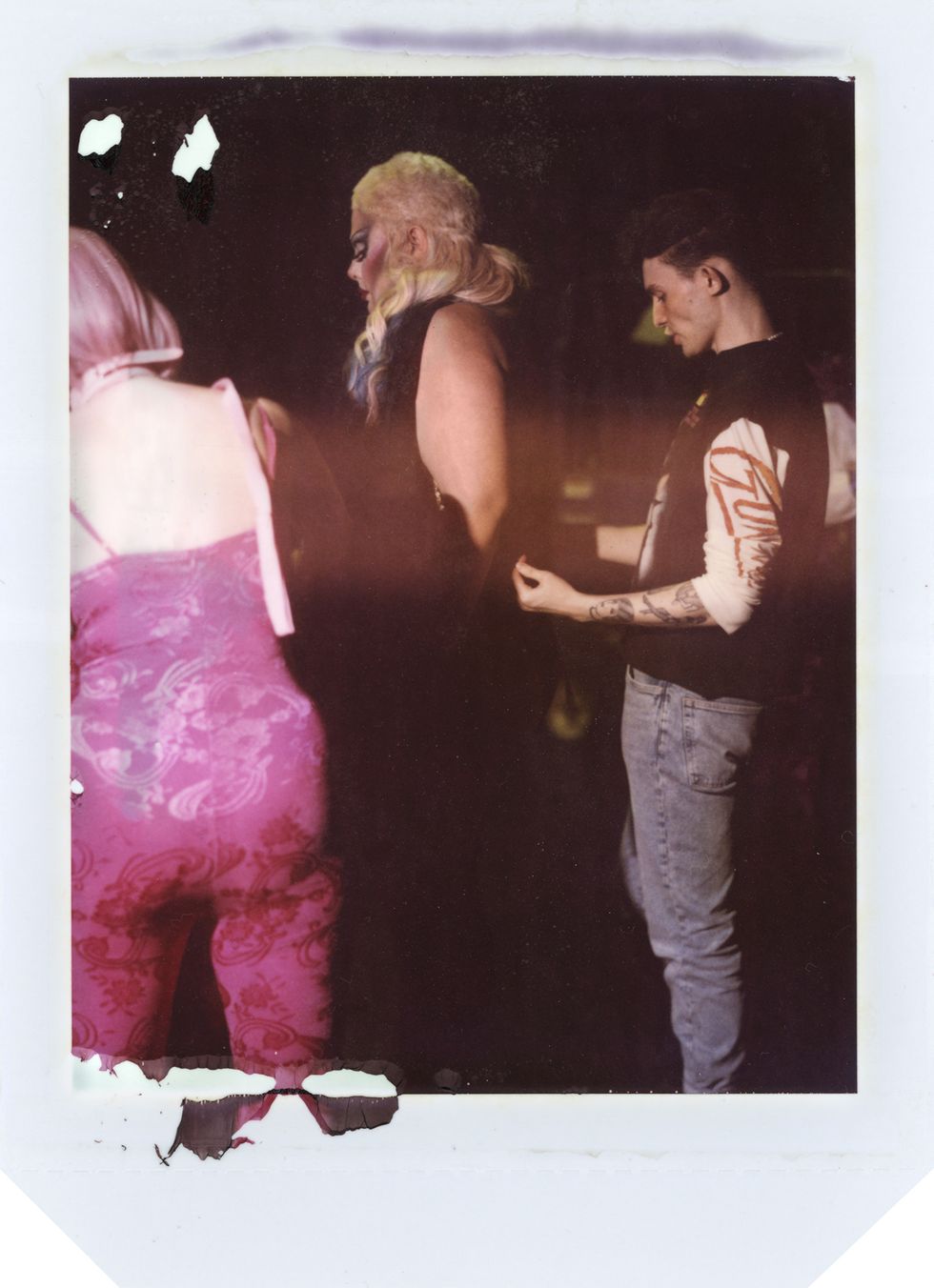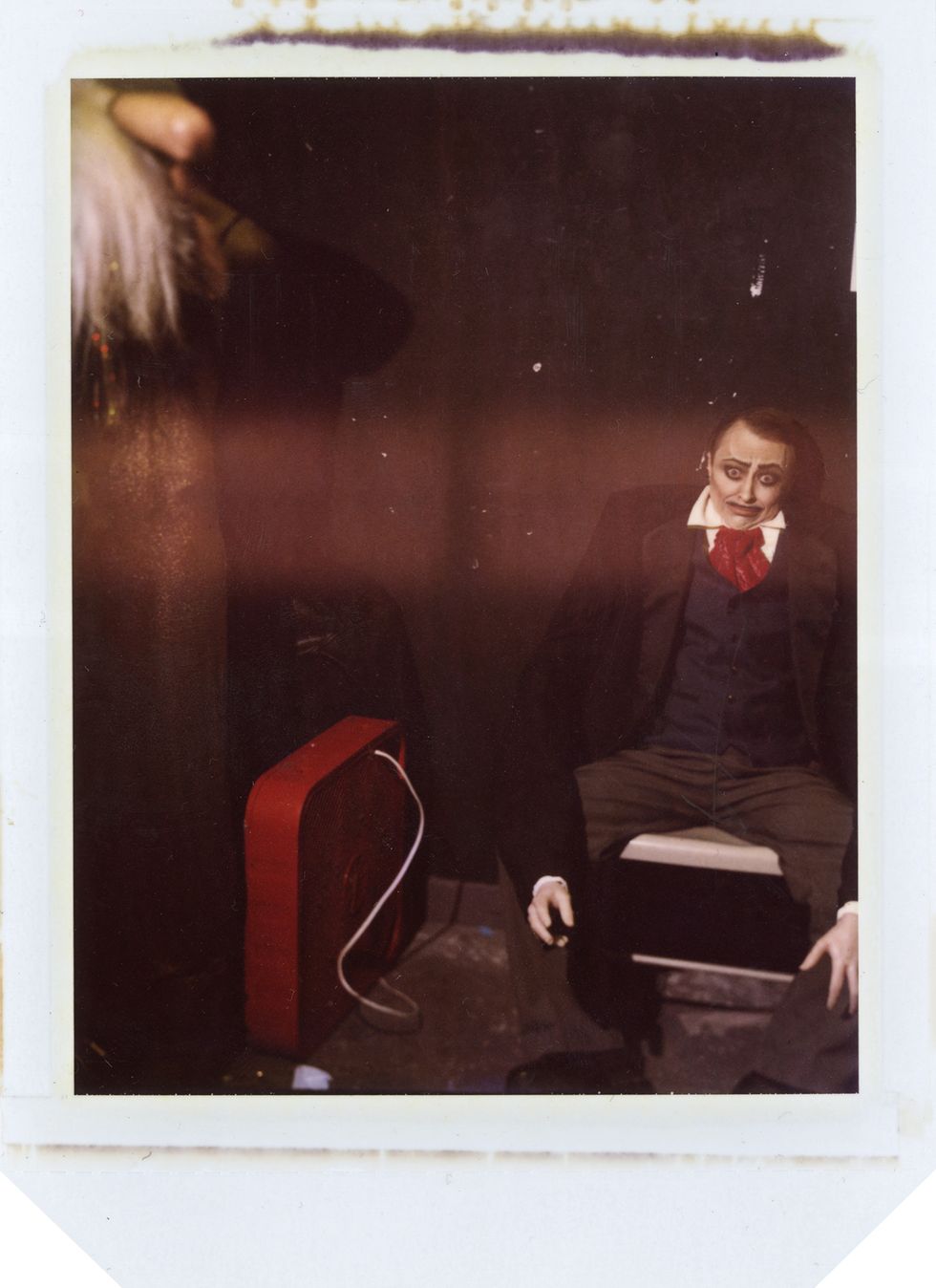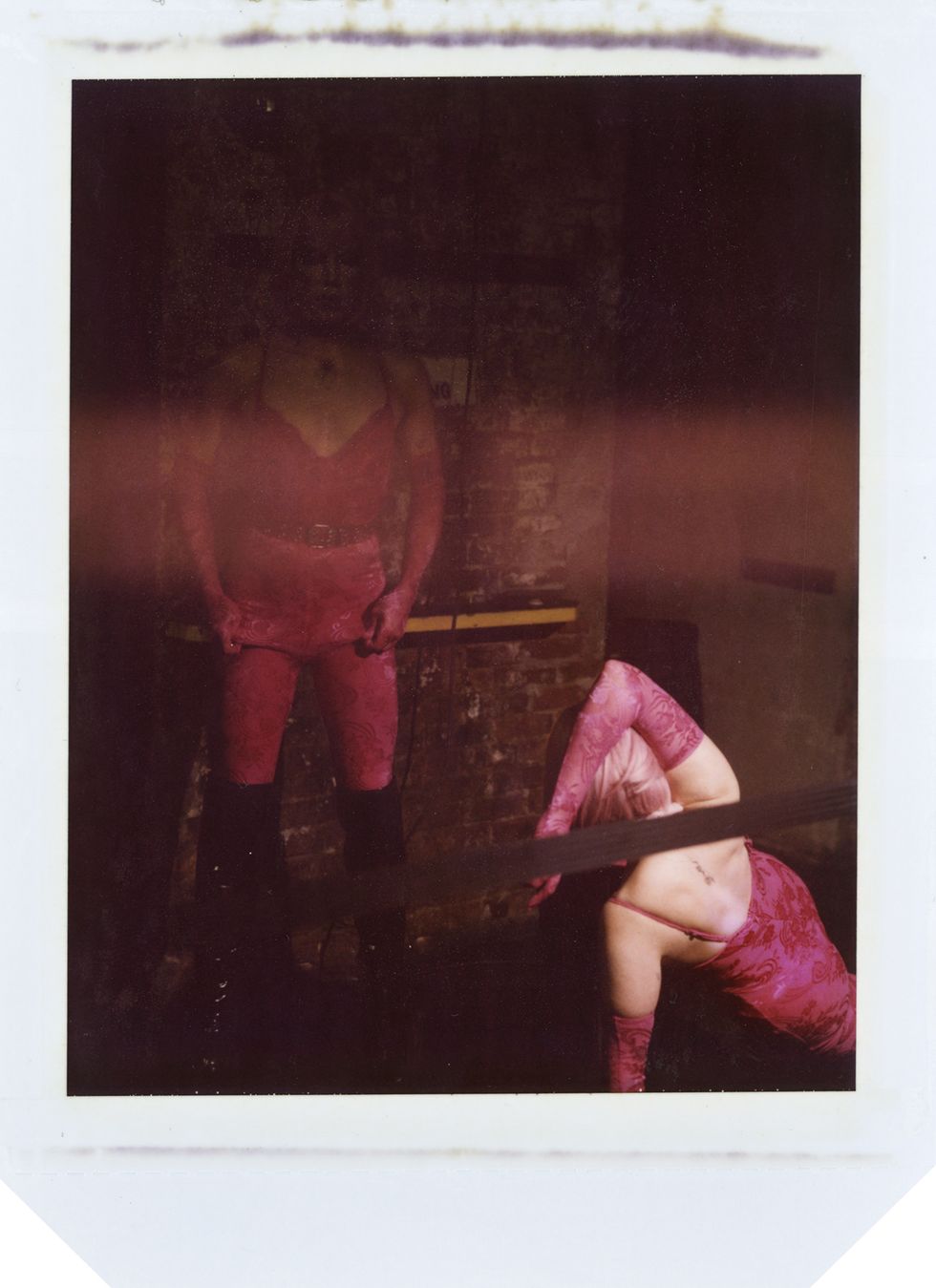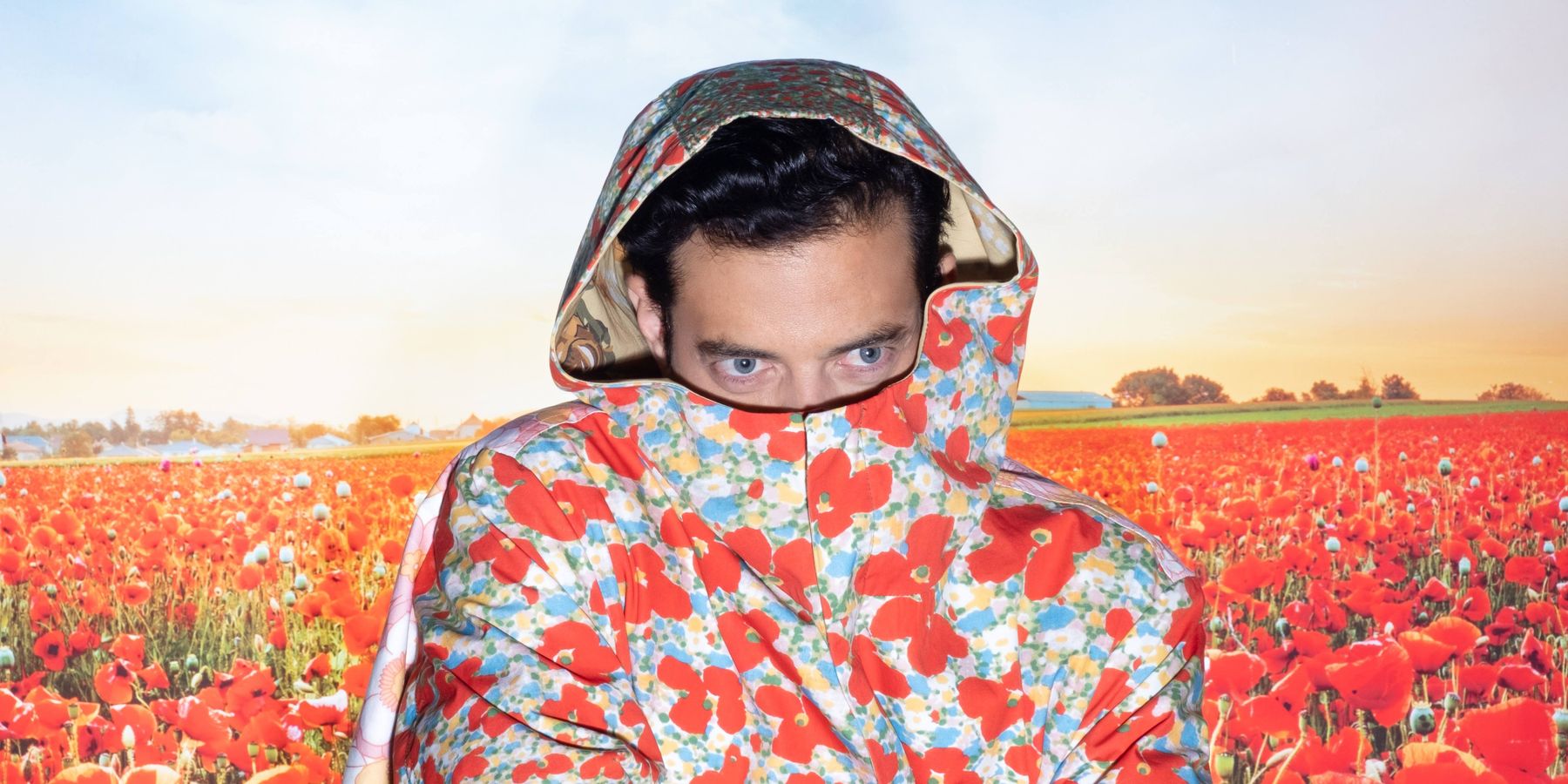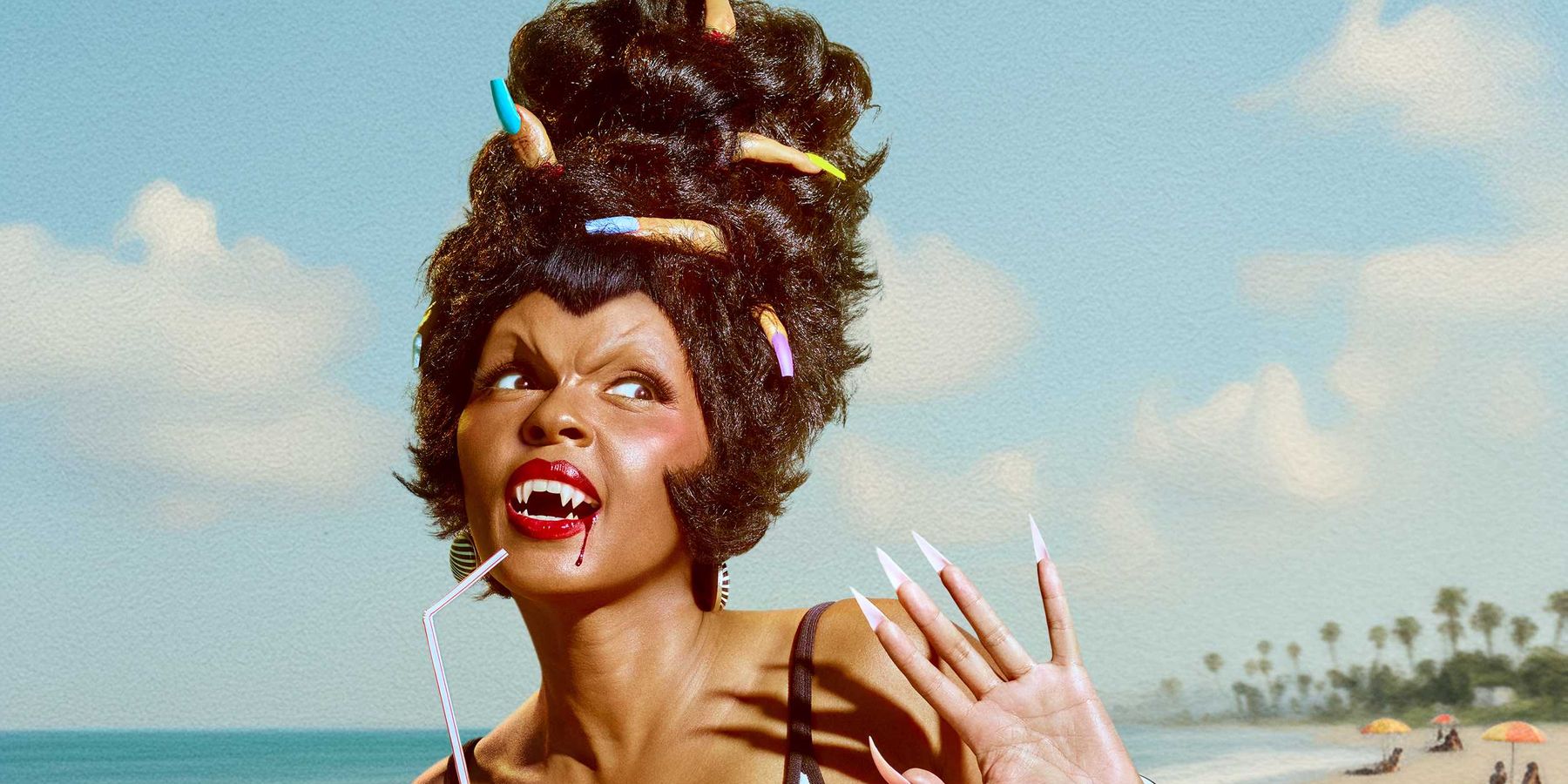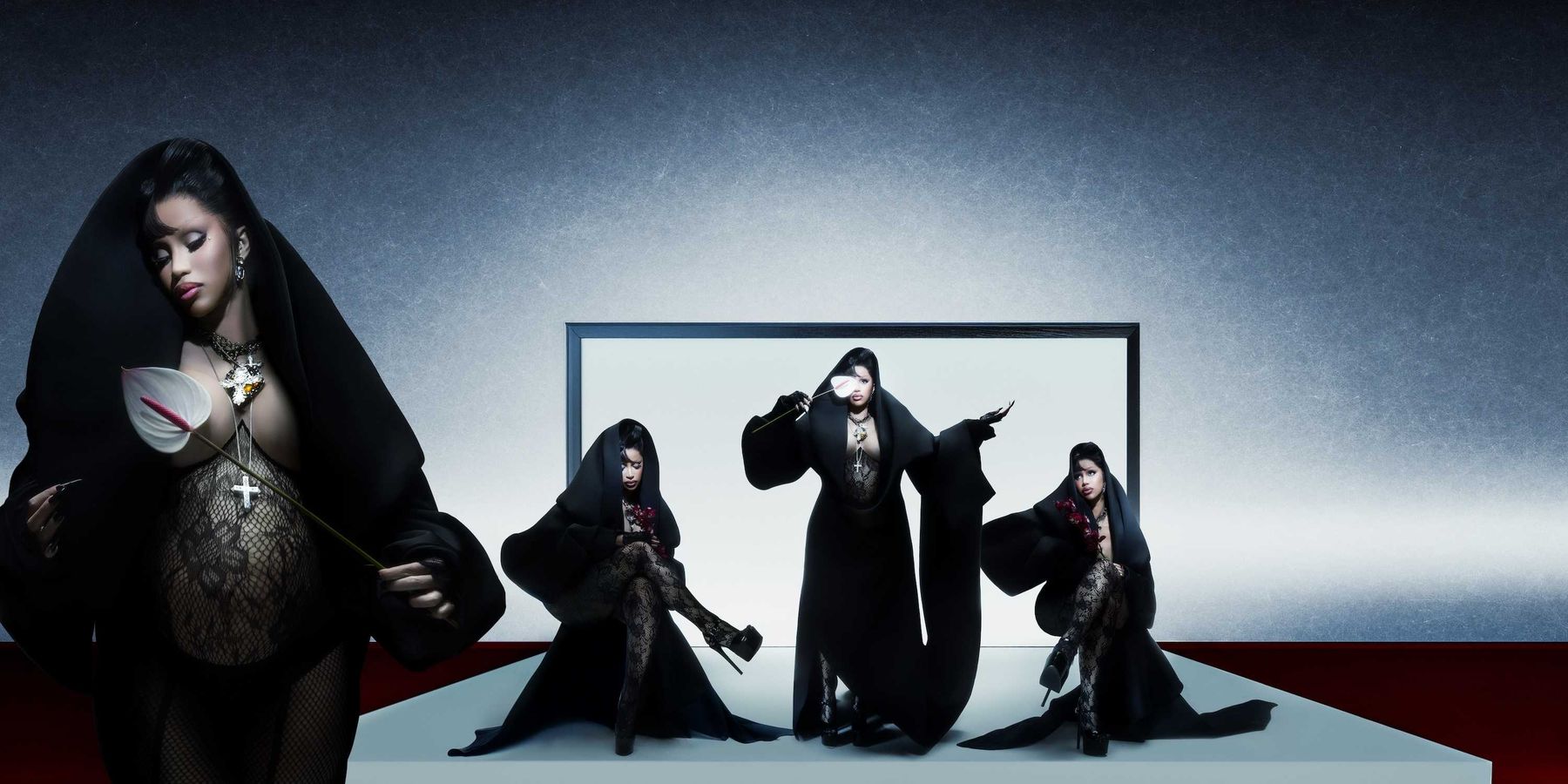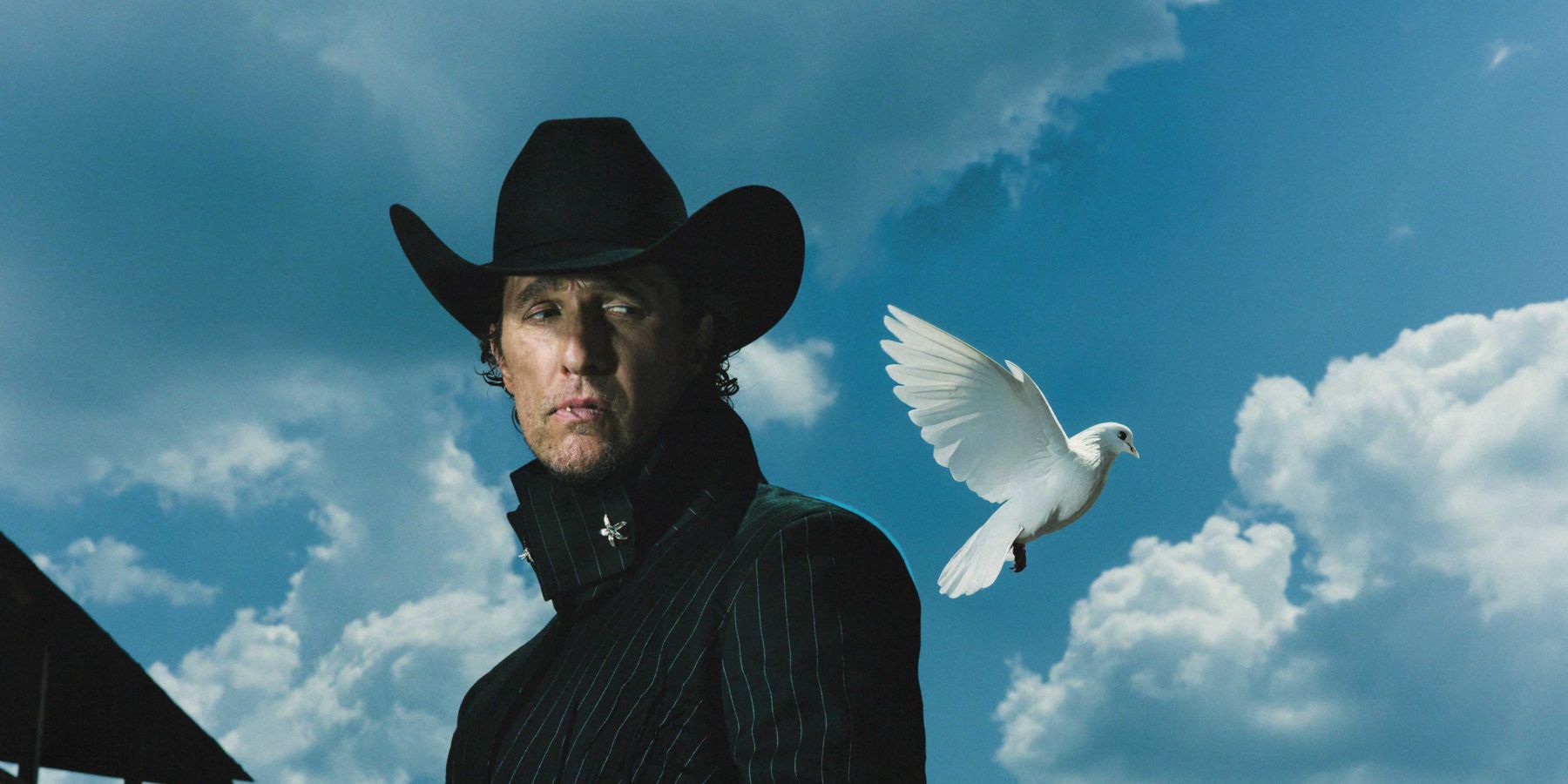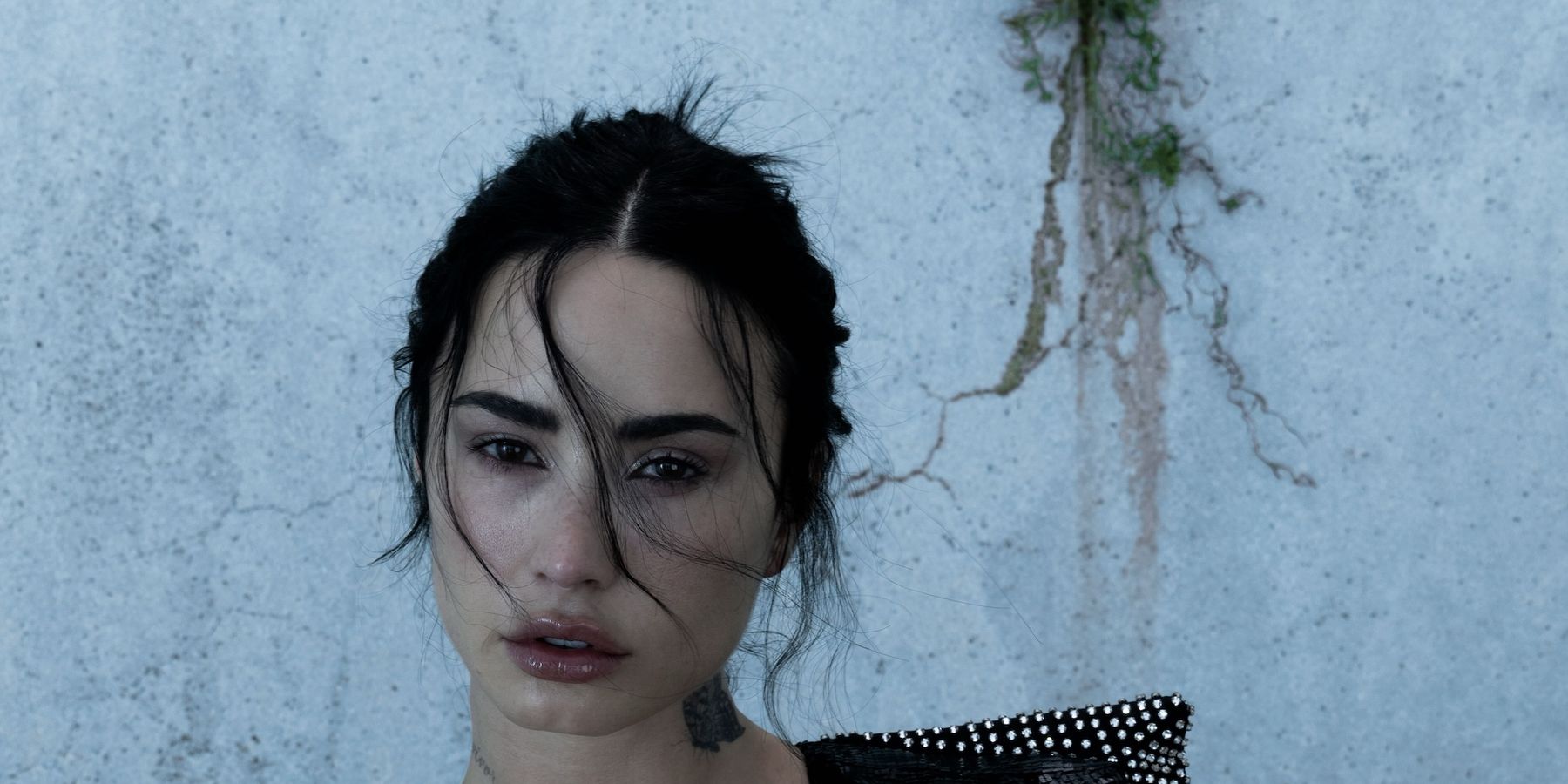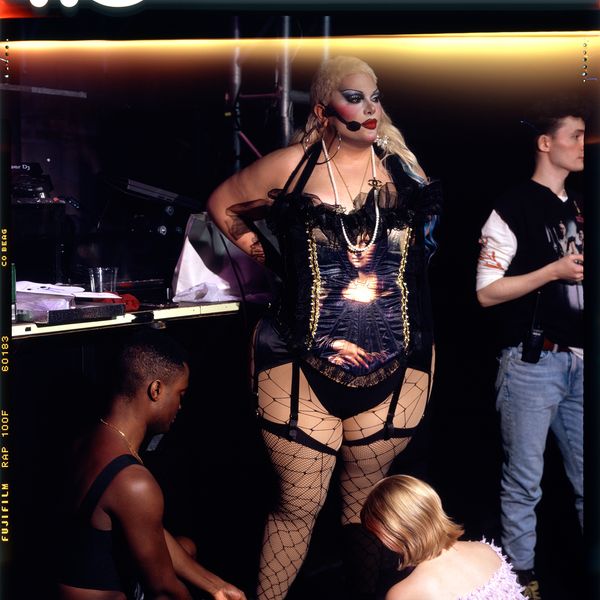
Fagtasia's Femme-First, Nerdy Drag Fantasy
Story by Matt Wille / Photography by Ian Lewandowski
Dec 05, 2023
Baby Love shows no signs of facetiousness as she proclaims: "The cult of the drag queen is dead."
If you've seen Baby Love perform, it's the type of remark you might expect her to approach with some flippancy — her quick wit is front and center any time she's on-stage. But there is a seriousness to the way Baby Love approaches Fagtasia, a Brooklyn-based drag show that she produces (and writes and directs) on a near-monthly basis.
Fagtasia's through line is right there in the name: It's where "faggotry meets fantasy," as Baby Love is wont to say while emceeing any given production. The broad concept allows Fagtasia to produce a hugely diverse set of shows: queer retellings of classics like The Lord of the Rings (complete with plenty of jukebox lip-sync numbers) to more straightforward (but still certainly queer) reproductions of shows like Wicked and The Rocky Horror Picture Show.“Basically, I didn’t know where my place in the community was,” Baby Love says. “And I was talking to Paige [Love], who said to me, ‘Well, you have to do what you actually really, really want to do.’ I sat on it a month and said, ‘So…would it be weird if we did, like, a Lord of the Rings show?”
Not long after, the reappearance of a childhood trinket — a palm-sized Sorcerer Mickey figurine — helped the idea click into place. Fantasy, Fantasia, drag: thus Fagtasia was born.
And so Baby Love began planning that Lord of the Rings show in early 2021. She decided early on in the game that getting performers paid, a perennial problem in the drag world, would be a top priority. She made that first show at Bed-Stuy’s C’mon Everybody entirely free to attend, encouraging guests to spend their money on tips rather than an entrance fee. To this effect, she brought hundreds of singles to the show for viewers to exchange their 20s and cash in from Venmo transactions.The initial response to her “weird” show vastly outsized her expectations, with close to 300 people signing up for tickets. The Lord of the Rings show itself set up what would quickly become the Fagtasia format: a loose narrative structure punctuated by lip-sync performances of songs that fit certain plot points or thematic elements of the source material. In that first show, Fagtasia established itself as a place where nerdiness was paramount to enjoyment, where being in on the joke meant being somewhat obsessive with fantasy in the same ways Baby Love always had been. It was, from its beginnings, a different kind of drag show — one focused less on pageantry and more on inclusion.
The idea of inclusion became a sticking point for the early Fagtasia team, many of whom identified as women. Drag is an art space dominated by cis gay men, both as performers and as audience members, with many performances taking place at gay bars.
“I noticed staff and attendees treating these women, the Fagtasia family, markedly different than they treated the cis men,” Baby says. “Some of my friends don’t go near gay bars because they’re not friendly to women. So I knew we had to address that early on.”
While grappling with how to plan a Harry Potter show — one of Baby Love’s long-time favorites — despite its creator’s blatantly transphobic views, Baby realized she could create a show that would both stand against those views and make space for women in gay spaces all in one blow. She cast a full lineup of trans women for the show and called it Harry Potter and the Sorcerer’s ‘Mones (hormones, that is). Fagtasia marketed the show as a trans space and offered free tickets to any trans-identifying people who couldn’t afford to come.
Centering the show on women (and trans women in particular) soon became a key tenant of the Fagtasia ethos. This, Baby Love saw, would be a way to make a real impact on spaces traditionally reserved for cis men. In her emceeing position, Baby is vocal about Fagtasia’s priorities: “Even just saying it out loud helps,” she tells me. “More than anything, it’s like, let’s just drop the pretenses and all be goofy together for a few hours.”
As Fagtasia has grown, so too has its family. Baby Love’s initial worry that Fagtasia’s weirdness would make it difficult to find an audience has now been proven unwarranted many times over. And it’s not just attendees (many of whom, Baby says, come out to every show) who have found a home at Fagtasia; it’s performers, too.
“When Fabiana first told me she wanted to play Gollum [in Lord of the Rings] I was like, ‘You’re one of the hottest people I’ve ever seen, and you want that? You want to be bald and gross?’ And she was like, ‘Yeah, shave me bald,’” Baby says. “And now she’s worked on every show since.”With each iteration of the show, the Fagtasia family grows larger, though many of its core members have been around since day one. Now Fagtasia has dedicated set designers, DJs, costume designers and many repeat cast members. Its central values — crafting space for silliness and nostalgia while prioritizing women and femmes — have shown themselves to be shared by many in the nightlife community.
As the Fagtasia family grows, so too do its ambitions. The show now charges for tickets (though Baby Love still offers hefty discounts to those who can’t afford them) in order to fund its expansive casts and production design. Recently, Fagtasia began holding some of its performances at East Williamsburg’s 3 Dollar Bill, a space with a much larger stage and audience capacity. In August, Fagtasia put up a production of Wicked with local icon Charlene Incarnate that sold out the venue’s 600-person capacity. The performance generated so much hype that Baby Love decided an encore was in order — and then that production sold out, too. Fagtasia’s production of The Rocky Horror Picture Show around Halloween followed suit. (It’s worth mentioning here that Baby Love starred in Halloween shadow-cast performances of Rocky Horror all four years of her undergraduate career, though this was her first time producing the show herself — a lovely full-circle moment.)Also of note is that both of these recent productions have strayed from that now-classic Fagtasia format somewhat; both featured lip-sync (and live) performances from their respective shows’ soundtracks, rather than subbing in cheeky pop songs. Even still, these larger, more straightforward performances have stuck to Fagtasia’s constant ethos, putting femmes, fun and nostalgia at the forefront of audiences’ minds.
Baby Love thinks of these performances as a way to reach new audiences who might not be as interested in a small-stage, back-of-the-bar performance by an unknown production company. She’s “training” audiences on the Fagtasia mission — a gateway to the troupe’s sillier, more irreverent roots.
Baby Love is quick to note, in our interview, that Fagtasia is by no means the first production of its kind; drag queens have been performing nerdy, cult-favorite lip-sync numbers since time immemorial. But a constant, reliable stream of them in Brooklyn — especially one that prioritizes trans women — that puts Fagtasia in a category all its own, these days.
Baby Love has pie-in-the-sky dreams for Fagtasia, like holding shows in a larger theater space, but fear not, long-time Fagtasia fans: those smaller, silly shows aren’t going anywhere. They’re Fagtasia’s lifeblood, and Baby Love’s passion for creating space for niche shows has only grown more fiery since Fagtasia’s inception. “It’s the best thing that’s ever happened in my life,” she tells me. “And I want to thank everyone who’s helped create such a warm space in NYC nightlife.”
Photography: Ian Lewandowski
Photo assistant: Alex Bedder
From Your Site Articles
Related Articles Around the Web
MORE ON PAPER
Entertainment
Rami Malek Is Certifiably Unserious
Story by Joan Summers / Photography by Adam Powell
Story by Joan Summers / Photography by Adam Powell
14 November
Music
Janelle Monáe, HalloQueen
Story by Ivan Guzman / Photography by Pol Kurucz/ Styling by Alexandra Mandelkorn/ Hair by Nikki Nelms/ Makeup by Sasha Glasser/ Nails by Juan Alvear/ Set design by Krystall Schott
Story by Ivan Guzman / Photography by Pol Kurucz/ Styling by Alexandra Mandelkorn/ Hair by Nikki Nelms/ Makeup by Sasha Glasser/ Nails by Juan Alvear/ Set design by Krystall Schott
27 October
Music
You Don’t Move Cardi B
Story by Erica Campbell / Photography by Jora Frantzis / Styling by Kollin Carter/ Hair by Tokyo Stylez/ Makeup by Erika LaPearl/ Nails by Coca Nguyen/ Set design by Allegra Peyton
Story by Erica Campbell / Photography by Jora Frantzis / Styling by Kollin Carter/ Hair by Tokyo Stylez/ Makeup by Erika LaPearl/ Nails by Coca Nguyen/ Set design by Allegra Peyton
14 October
Entertainment
Matthew McConaughey Found His Rhythm
Story by Joan Summers / Photography by Greg Swales / Styling by Angelina Cantu / Grooming by Kara Yoshimoto Bua
Story by Joan Summers / Photography by Greg Swales / Styling by Angelina Cantu / Grooming by Kara Yoshimoto Bua
30 September
Music
Demi Lovato Is No Joke
Story by Ivan Guzman / Photography by Jason Renaud / Styling by Chris Horan/ Makeup by Loftjet / Set design by Allegra Peyton
Story by Ivan Guzman / Photography by Jason Renaud / Styling by Chris Horan/ Makeup by Loftjet / Set design by Allegra Peyton
15 September
